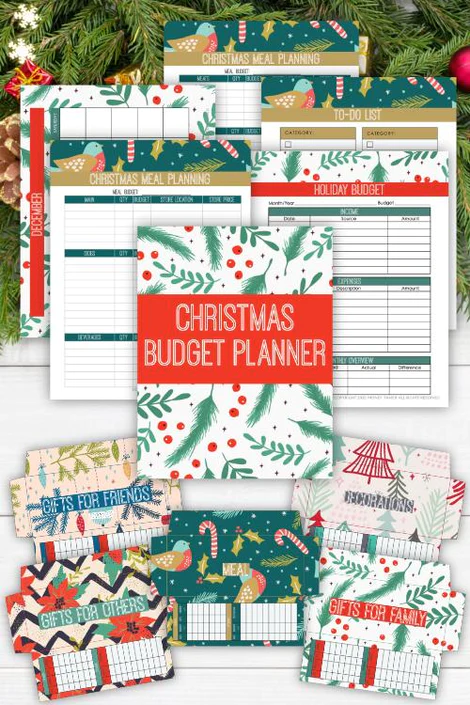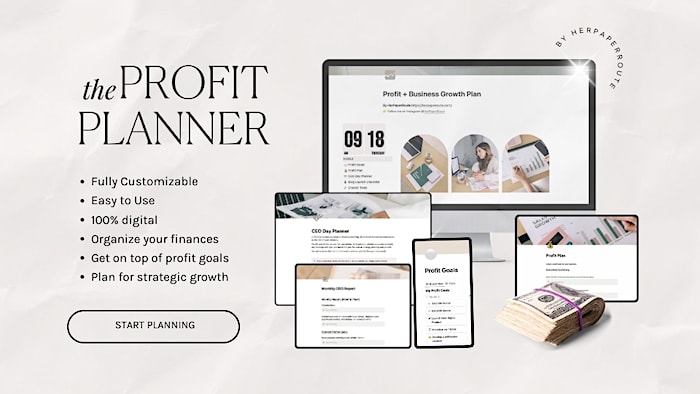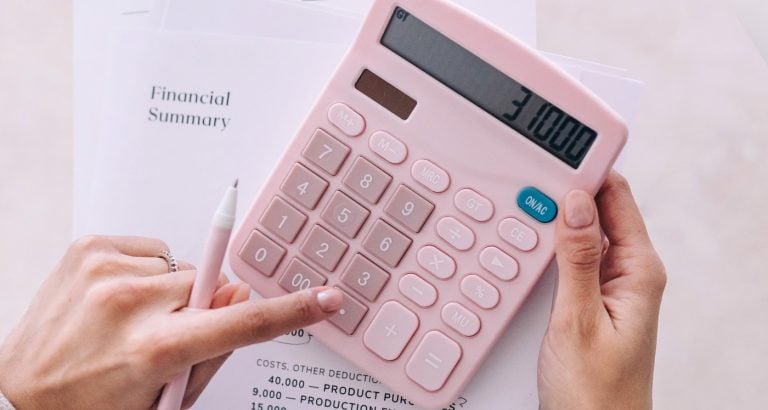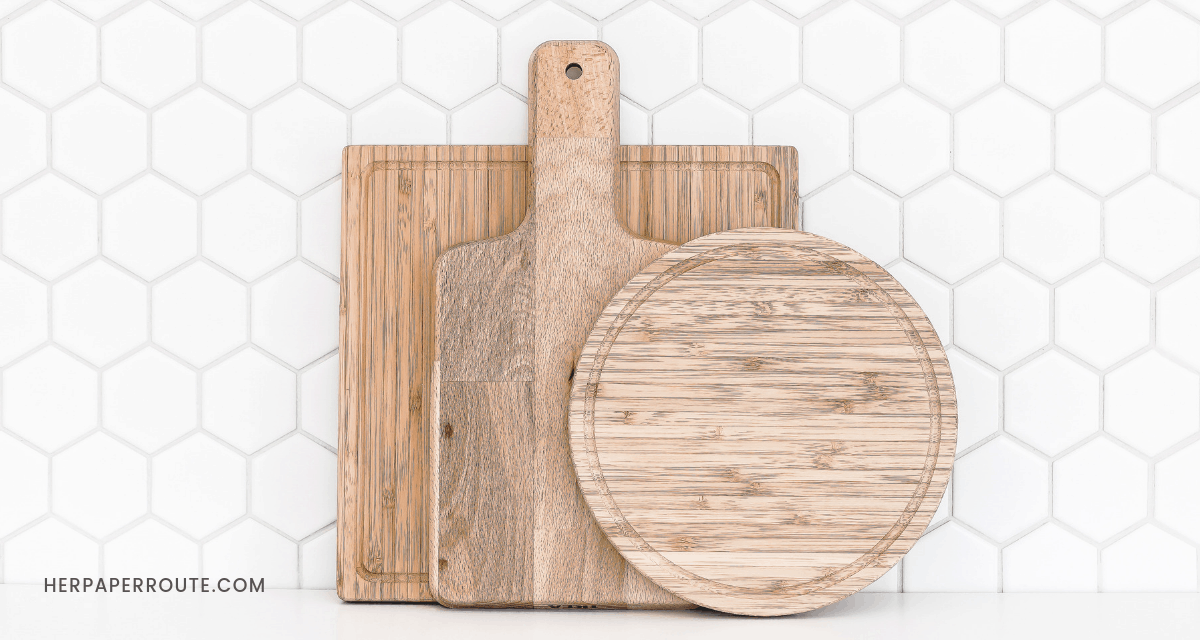21 Sinking Fund Categories To Use In Your Budget
There’s simply no avoiding it any longer. Your furniture is worn out and it’s an embarrassment every time you have guests over.
Or maybe you have a son or daughter who’s in dire need of a set of braces? Something needs to be done about it.
Where’s this money supposed to come from? Is it okay to reach into your wallet for the credit card or draw from your savings for situations such like this?
Essential Types Of Sinking Funds
This is where sinking funds come in!
As an affiliate partner of various brands and sponsored content, HerPaperRoute may earn commission on qualifying purchases. Disclaimer | Advertise With Us
They can make the difference between staying on budget for the month or having your budget sunk by overspending.
Keep reading to discover which sinking fund categories to use in your budget.
Check out these fun, unique sinking funds trackers you can use at home!
What Is A Sinking Fund?
A sinking fund is a mini-savings account for expenses you know are upcoming. It is a budget category you put aside for things like car repairs, braces, or anything that may come up that you need money for down the road.
You’re setting money aside for things that you know will eventually come up but are not necessarily a part of your monthly expenses. These categories are not to be confused with an emergency fund or your savings, which is entirely separate.
Let’s take a closer look at some typical sinking fund examples and how you could be using it with your budget.

Sinking Fund Categories:
Maybe you already have been budgeting for a while now but aren’t sure where the money is supposed to be coming from to take care of certain expenses. That’s where the sinking fund categories come in!
They help you to create a strategy that takes a lot of stress off of you. You’ll no longer have to resort to making monthly payments or depend on a line of credit because you already have the money set aside.
Here’s a list of some of these categories.
1. Medical
Medical bills are one of the main reasons why so many Americans fall behind in their budgets. Even if you have really good insurance, a serious medical setback could still leave you devastated.
By having a medical Flexible Spending Account (FSA) or Health Savings Account (HSA) to use as a sinking fund, these unexpected costs won’t be such a hard hit to your budget.
HSA and FSA are both pre-tax contributions but if you don’t have one of those available, I recommend slowly building up your medical bills fund to the amount of your out-of-pocket maximum. Don’t forget to factor in any medications!
2. Dentist
Some of us don’t have the greatest dental insurance and it will only cover regular cleanings. Discovering that you need a root canal or a filling can be financially frustrating.
Having a dental category as part of one of your sinking fund categories is a smart idea. If you don’t have dental insurance but want the twice-yearly cleanings, call the office to find out the cost so you can save up for it.
3. Pet Care
While we love our pets and treat them just like another one of our family members, they can cost us a lot of money. You have to take them to the groomers, or maybe buy them special dog food, along with an unexpected visit to the vet every once in a while.
The average cost of an emergency vet visit costs between $800-$1500 for a dog or cat. Setting money back each month can provide you with enough to fall back on to take care of your pet.
4. Vision
Sometimes yearly eye exams are covered under your regular health insurance. If you need glasses or contacts, then these are expenses that should be calculated for.
Shop around to find the best sales on frames and lenses. Many people can opt for less expensive frame suppliers like this online eyewear brand rather than regular retail stores.
5. Insurance
Most people have some sort of insurance. It could be life insurance, business insurance, liability insurance, etc.
Sometimes, opting for the option to pay monthly adds on additional fees. If the bill is due at the end of the year or every 6 months, you can easily figure out how much to set aside every month to cover the cost.
6. Christmas
Everyone knows Christmas is the same day every year but we act like we’re surprised and unprepared. Instead of plunging into debt during the holidays, set a strict spending limit based on your sinking fund amount.
To really stay on top of this holiday season, use this Christmas Budgeting Planner that comes with holiday cash envelopes you can use as sinking funds.

You don’t have to be overwhelmed with buying Christmas gifts this year. These holiday budgeting tips will help you plan better and eliminate stress.
7. Gifts
This category includes gifts for every other occasion aside from Christmas. You should account for birthdays, upcoming weddings, Mother’s Day, Father’s Day, Valentine’s Day, and more.
The good thing about this fund category is that you can often get by saving for each event for a month or so before having enough in the fund.
8. Home Maintenance
If you aren’t renting or living in an apartment, you know that home maintenance is another one that will eventually pop up. It can also be an expensive bill that comes at inopportune times.
By setting aside a little amount every month, you’ll be prepared when you need to patch a roof leak or fix the water heater.
If you know a larger home item replacement will be upcoming, you can make a sinking fund specifically for that. A 20 year old A/C unit may only have a year or two left. Same for a new roof.
9. Car Repair/Replacement
You know that this one will eventually sneak up on you, and it can cost you a ton of money. This means saving up for oil changes, tire replacements, or more serious car troubles. Try and set aside a minimum of $50 each month to prepare for these scenarios.
At some point, you may even want to consider setting that money aside to begin saving up for a new vehicle that’s more reliable. If you’ve paid off your current vehicle, it’s a good idea to set aside the same amount of a car payment, to help prepare you for this.
10. Date Nights
I doesn’t matter whether you’re single or in a couple, going on dates is still important. The bad thing is that eating out at restaurants quickly adds up so it pays to be a little creative.
Try to limit your date nights to once a week instead of going out the entire weekend. Here is a list of over 41 date ideas, all of them cheap but many are completely free!
11. Clothing
Most people don’t have to buy clothes every month, but when your clothing or shoes begin to wear out, a sinking fund category can help you have the money for when you do.
By saving a few dollars each month, after a while you’ll be able to purchase shoes and clothing of higher quality. When you decide to go shopping, only bring the amount in cash for what is in the category. If it runs out, you’re done buying clothes for a while.
12. Furniture
A lot of the time, people turn to a credit card to help fund their new set of furniture. If you pay it off quickly, that may be okay, but setting aside a furniture sinking fund category will take more stress off of you each month instead of having to make a credit card payment.
Another money-saving tip is to check local consignment stores or online resale marketplaces. You can find sturdy wood items in great condition close to 90% off what it sold for in the showroom.
13. Vacation
Your family may only go on one vacation each year, but that doesn’t mean that you won’t be spending a lot of money. I recommend checking out these budget travel tips that will save you even more.
If you’re budgeting for a trip that will cost you $1,200, start setting aside $100 a month, a year ahead of time. Your entire vacation will be covered when it finally comes around.
14. Braces
If you are blessed with children that all have straight teeth, consider yourself lucky. However, most families don’t get off the hook as easily.
Braces will cost your family thousands of dollars, so if you are just now starting to have children, it’s never too early to get started saving for this one.
15. Family Photos
Family photos are another that doesn’t happen too often, but they too can cost a few hundred dollars. This may be another category that you need to implement if you do family photos each year.
16. Child-Related Expenses
This category could include a multitude of categories. If you do yearly extravagant birthday parties or your child is on an expensive travel sports team, it’s smart to plan ahead.
If a lot of your kid’s activities are “wants”, it’s completely fine to cut the amount of them down. This could be used as a personal finance lesson for teaching your child about money.
17. Yearly Renewals
If you have subscription-based services or memberships that renew yearly, then plan ahead since you know the bill is coming.
Related: Ultimate Guide for Amazon Prime money-saving hacks.
Alternatively, if you don’t think you can afford a sinking fund for the renewals it may be time to assess whether it makes the most sense to cancel it altogether.
18. Utilities
Some monthly utility bills are consistent year-round. Others fluctuate drastically depending on what part of the country you live in.
Up north, your home heating bill can balloon to $600 or more PER MONTH! In the south, your water bill can double in the spring and summer due to keeping your lawn watered.
If the ups and downs stress you out, average out last years total cost and split it between 12 months. This way, you’ll have the money already in the fund when the expensive months come around.
19. Back-To-School Expenses
Back-to-school time is filled with unavoidable purchases. Your kids need the supplies and only so much can be reused from the year before.
Instead of getting swept up in the back-to-school buying frenzy, set a budget amount you won’t go over for each kid. Buying online and sticking to generic brand supplies are additional ways to save big.
20. Giving
Whether you tithe to a church or give to charities, this is a category that is smart to have. Even if you don’t have a charity in mind, by having the money saved and set aside, it’ll be available for you to you give when you come across one that suits you.
21. Self-Care
This is a broad catch-all category that can include massages, spa treatments, hair maintenance, and more. You may not need a sinking fund if you typically get these done sporadically or when given as a gift.
You’ll definitely want to use this fund if you get monthly haircuts and dyeing.
22. Tuition
Education is expensive! Private elementary school tuition costs as much as many colleges. In most states, preschool isn’t available at a public school so it costs extra
If you want to save for your child’s college, be sure to check out these best places to put the savings. Saving a little bit now can compound and pay for the entire 4 years by the time they graduate high school.
Related: Best ways to go to college without student loans.
Top Sinking Funds Everyone Should Have – Conclusion
These categories were nowhere near an exhaustive list of things that you need to prepare for. Sinking fund categories will look a little different for everyone based on your needs.
The goal is to eliminate the “Oh NO! How am I going to pay for this?” moments.
It wouldn’t be a bad idea on your part to consider adding sinking fund categories to your budget. You may discover that it’s what has been missing in your budget this entire time.
I hope this list helped you find a solution to relieve a lot of stress when these expenses do show up. Which sinking fund categories are you working on using in your budget?
Related Articles:
- The Only Budget Binder Printable You’ll Ever Need
- How To Start A Budget That Works!
- Tips For Easily Keep Track Of Your Bills And Payments












